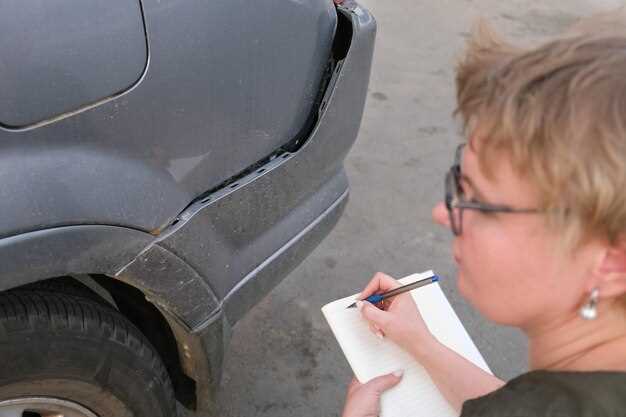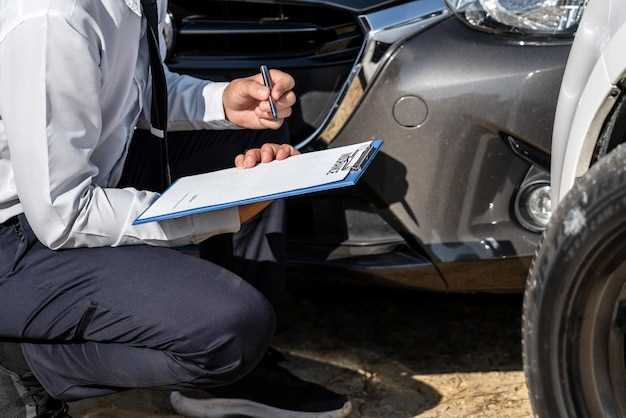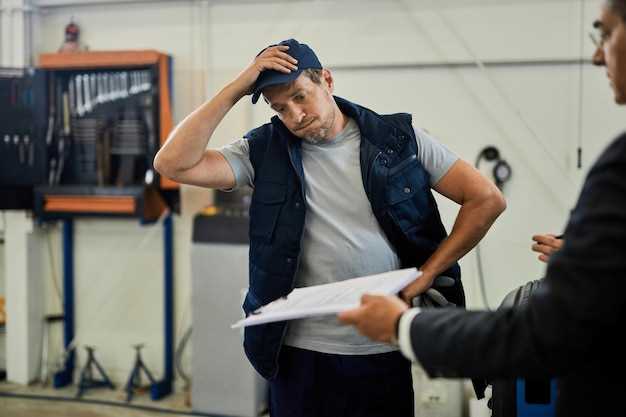
In the aftermath of a vehicle collision, thorough inspection is crucial to determine the extent of the damage sustained. While external dents and scratches may be immediately visible, deeper structural issues often lie hidden within the frame of the vehicle. A careful analysis is essential to ensure safety and restore the vehicle to its optimal condition.
During the inspection process, mechanics and assessors utilize various tools and techniques to evaluate the integrity of the frame. The frame serves as the backbone of the vehicle, and any deformation or compromise can lead to serious performance and safety concerns. Identifying these structural afflictions quickly not only facilitates timely repairs but also prevents further complications down the road.
Understanding the signs of structural damage is vital for both vehicle owners and professionals in the field. This article will delve into the key indicators of frame damage, the inspection methods employed, and the importance of addressing structural issues promptly to ensure the safety and longevity of the vehicle.
Visual Indicators of Frame Damage
After a collision, one of the most crucial steps in the inspection process is identifying any potential frame damage. The vehicle’s frame is essential for its structural integrity and safety. Observing certain visual indicators can help determine whether the frame has sustained damage.
Misalignment of Panels: One of the most common signs of frame damage is misalignment of body panels. Look for uneven gaps between doors, fenders, and the hood. If these gaps are inconsistent, it indicates that the frame may have been bent or twisted during the impact.
Cracks or Deformations: Inspect the frame for any visible cracks, bends, or dents. These physical deformations can often be seen along the welded joints or at stress points. Even small cracks can compromise the overall strength of the frame.
Rust and Corrosion: While not always a direct indicator of recent frame damage, excessive rust or corrosion can suggest that the frame has been compromised. If corrosion is found in areas that should be structurally sound, it warrants further inspection.
Inconsistent Paint Quality: Look for unusual paint patterns or inconsistencies, such as overspray or mismatched colors. These can be signs of previous repairs that were made to address frame damage without proper restoration, indicating underlying issues.
Suspension Issues: Examine the suspension components closely. If the suspension appears damaged or is not functioning correctly, it might indicate that the frame has been affected. Symptoms such as uneven tire wear or poor alignment can also point to frame-related problems.
Identifying frame damage through visual inspection is essential for ensuring the vehicle’s safety and performance. Addressing these indicators promptly can mitigate further risks associated with compromised structural integrity.
Tools and Techniques for Inspection

Effective inspection is crucial for identifying structural damage after a collision. Various tools and techniques are employed to ensure a thorough evaluation of the affected area.
Visual Inspection is the initial step in the assessment process. Inspectors examine the exterior and interior components to identify obvious signs of damage, such as cracks, dents, or misalignments. This technique often serves as a preliminary screening, where more detailed analysis can be planned based on initial findings.
Measuring Tools play a significant role in the inspection process. Tools like calipers, measuring tapes, and laser measurement devices help quantify the extent of damage. They provide precise measurements that can indicate structural distortion or displacement, which is essential for evaluating the impact severity.
Non-Destructive Testing (NDT) methods are increasingly used to assess material integrity without causing further damage. Techniques such as ultrasonic testing, radiographic testing, and magnetic particle inspection can reveal internal flaws and hidden damage that may not be visible through standard visual inspection.
Digital Imaging techniques, including infrared thermography and high-resolution photography, can enhance the inspection process. These methods allow for detailed visualization of damaged areas, making it easier to identify issues that would otherwise go unnoticed.
Finite Element Analysis (FEA), a computational technique, can be utilized after the physical inspection to model the structure under stress. This analysis provides insights into how the damage may affect the overall integrity of the structure and helps in risk assessment.
Documentation during the inspection is vital. Inspectors should take extensive notes and photographs of findings to create a comprehensive report of the damage assessment. This documentation is valuable for insurance claims, legal matters, and future inspections.
In summary, employing a combination of these tools and techniques enhances the accuracy and reliability of the inspection process, ultimately ensuring that structural damage is identified and addressed effectively.
Assessing Repair Options and Costs

After a collision, the first step in addressing vehicle damage is to assess both the extent of the damage and the structural integrity of the frame. Understanding the implications of frame damage is crucial, as it can significantly affect the vehicle’s performance, safety, and overall value.
Repair options can vary widely depending on the severity of the damage. For minor dents and scratches, surface repairs may suffice. However, if the frame has been compromised, more extensive work may be necessary. This could include straightening the frame, replacing damaged sections, or in severe cases, a complete frame replacement. Each option has distinct costs associated with labor and materials, affecting the overall expense of repairs.
It is essential to get multiple estimates from qualified repair shops. These estimates should detail the necessary repairs, parts required, and labor costs, providing a comprehensive overview of the financial implications. Additionally, consider the potential for hidden damage that may not be immediately apparent. Structural assessments often require specialized equipment and expertise, further influencing repair costs.
When evaluating repair options, also factor in the long-term impact on the vehicle’s resale value. Vehicles with frame damage may significantly depreciate if not repaired properly. It is worth considering whether the repairs will restore the vehicle to its original state or if there will be lingering concerns regarding the integrity of the repair.
Ultimately, decisions regarding repairs should balance cost with the quality of repair work. Choosing lower-cost options may save money upfront but can lead to higher expenses down the road if the integrity of the frame remains compromised. Thorough assessments and informed choices are key to ensuring a vehicle is safe, reliable, and holds its value after a collision.






